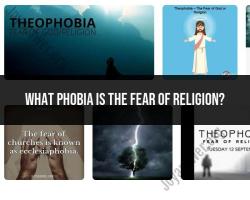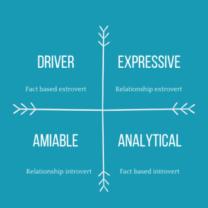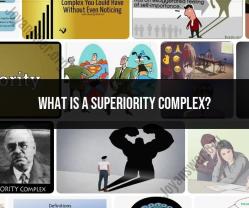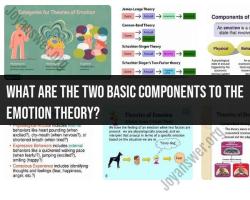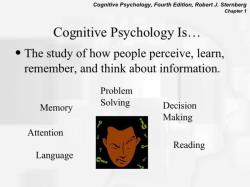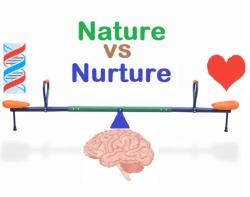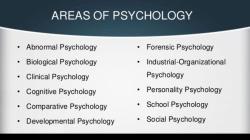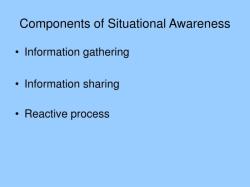What is DSM - eating disorder?
In the DSM-5 (Diagnostic and Statistical Manual of Mental Disorders, Fifth Edition), eating disorders are a category of mental disorders characterized by abnormal eating behaviors, thoughts, and emotions related to food, weight, and body image. The DSM-5 includes several specific eating disorder diagnoses, each with its own set of diagnostic criteria. Here are some of the eating disorders listed in the DSM-5:
Anorexia Nervosa: Anorexia nervosa is characterized by a persistent restriction of energy intake, leading to significantly low body weight, intense fear of gaining weight or becoming fat, and a distorted body image. Individuals with anorexia may engage in restrictive eating, excessive exercise, and other behaviors to maintain a very low body weight.
Bulimia Nervosa: Bulimia nervosa involves recurrent episodes of binge eating, during which individuals consume a large amount of food in a short period and feel a lack of control over their eating. These episodes are followed by compensatory behaviors such as vomiting, laxative use, or excessive exercise to prevent weight gain.
Binge-Eating Disorder: Binge-eating disorder is characterized by recurrent episodes of binge eating without the compensatory behaviors seen in bulimia. Individuals with this disorder experience a sense of loss of control during binge eating episodes and often feel guilty or ashamed afterward.
Avoidant/Restrictive Food Intake Disorder (ARFID): ARFID involves limited food choices, avoidance of certain foods or textures, and restrictive eating patterns that lead to insufficient nutrition and weight loss. Unlike anorexia, the primary motivation for food restriction in ARFID is not related to body image or weight concerns.
Other Specified Feeding or Eating Disorder (OSFED): OSFED is a category that includes eating disorder symptoms that do not meet the criteria for a specific diagnosis but still cause significant distress or impairment. This category may include atypical presentations of anorexia, bulimia, or binge-eating disorder.
Unspecified Feeding or Eating Disorder (UFED): UFED is used when the symptoms of an eating disorder do not fit the criteria for any specific diagnosis, and the clinician believes that further assessment is needed to determine the appropriate diagnosis.
These eating disorders are diagnosed based on specific criteria related to eating behaviors, psychological distress, and physical health. Accurate diagnosis is essential for effective treatment planning, as each eating disorder may require different therapeutic approaches.
It's important to note that eating disorders can have serious physical and psychological consequences and may require professional treatment. If you or someone you know is struggling with an eating disorder or disordered eating behaviors, it is advisable to seek help from a qualified mental health or medical professional for assessment and appropriate intervention. Early intervention and treatment can improve outcomes for individuals with eating disorders.
DSM and Eating Disorders: Insights into Classification
The Diagnostic and Statistical Manual of Mental Disorders, Fifth Edition (DSM-5) is the standard classification system used by mental health professionals to diagnose mental disorders, including eating disorders.
Eating disorders are a group of mental illnesses that are characterized by a disturbed relationship with food and eating. People with eating disorders may experience intense anxiety or fear about food, their weight, or body shape. They may also engage in unhealthy eating behaviors, such as binge eating, purging, or excessive exercise.
The DSM-5 classifies eating disorders into the following categories:
- Anorexia nervosa
- Bulimia nervosa
- Binge eating disorder
- Avoidant/restrictive food intake disorder (ARFID)
- Other specified feeding or eating disorder (OSFED)
Eating Disorders in DSM: How They Are Defined and Categorized
The following is a brief overview of each eating disorder category in the DSM-5:
- Anorexia nervosa: Anorexia nervosa is characterized by an intense fear of gaining weight, a distorted body image, and a restriction of food intake that leads to significantly low body weight.
- Bulimia nervosa: Bulimia nervosa is characterized by recurrent episodes of binge eating followed by compensatory behaviors, such as purging, vomiting, or excessive exercise.
- Binge eating disorder: Binge eating disorder is characterized by recurrent episodes of binge eating without the compensatory behaviors that are seen in bulimia nervosa.
- Avoidant/restrictive food intake disorder (ARFID): ARFID is characterized by an avoidance or restriction of food intake that is not due to a lack of appetite or an associated medical condition. People with ARFID may avoid or restrict certain foods due to sensory sensitivities, fears of choking, or concerns about the nutritional content of food.
- Other specified feeding or eating disorder (OSFED): OSFED is used to classify eating disorders that do not meet the full criteria for any of the other eating disorders listed in the DSM-5.
DSM-5 Eating Disorders: A Guide to Diagnostic Criteria
The DSM-5 provides specific diagnostic criteria for each eating disorder category. These criteria include information on the symptoms, duration, and severity of the disorder.
It is important to note that the DSM-5 diagnostic criteria are not a substitute for professional diagnosis. If you are concerned that you or someone you know may have an eating disorder, it is important to seek professional help.
Treatment for eating disorders
Eating disorders are serious mental illnesses that can have devastating consequences for physical and emotional health. However, eating disorders are treatable. With the right treatment, people with eating disorders can recover and live full and healthy lives.
Eating disorder treatment typically involves a combination of individual therapy, group therapy, and nutritional counseling. Medications may also be used to treat some eating disorders, such as binge eating disorder and bulimia nervosa.
If you are struggling with an eating disorder, please know that you are not alone. There are many people who care about you and want to help. Please reach out to a mental health professional or eating disorder support group for help.






